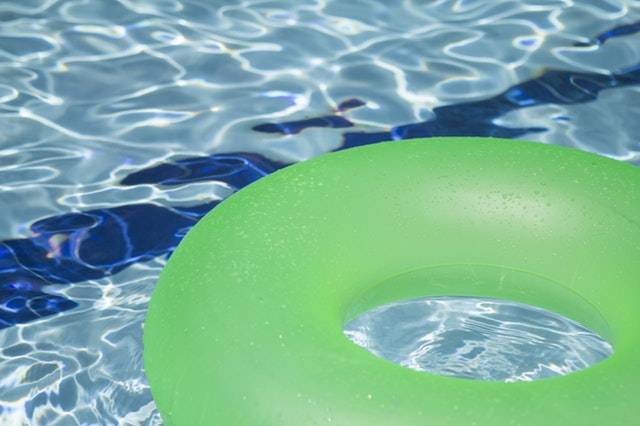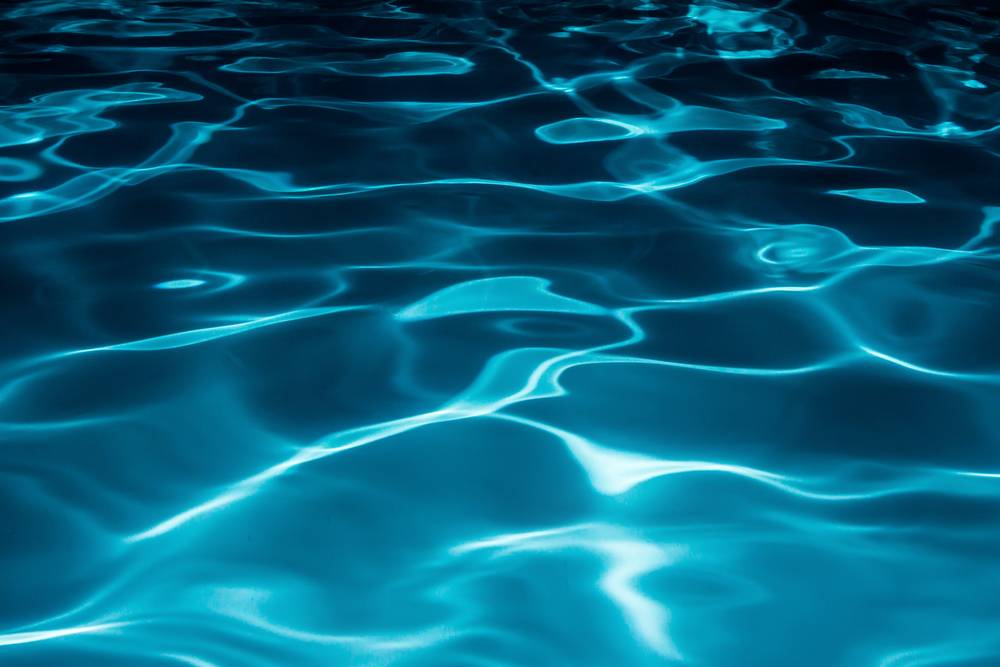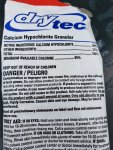Hi,
I haven't been rigorously testing my water for a couple weeks. The pool water seemed clear so I didn't worry. Today, we noticed patches of greenish algae forming in a new spots on the floor of the above ground pool. So we vacuumed it up (last vacuumed just 5 days ago and those patches didn't exist. I also noticed it seems like there's just more "stuff" floating in the water, not on the surface. I have the Intex skimmer hooked up which requires you to put a restricter valve on the other outflow valve, so the surface is getting cleaned but below the surface, not as much)
I have the intex 12 or 14" sand filter but I lowered it a week ago to running only 5-6 hours instead of the 8-10 I was running the small cartridge filter that came with the pool.
I use stabilized chlorine tablets in a floater and right now there are 3 tabs in there (1 still large, the others have dissolved a good amount already). Here are my test results from today:
Free chlorine: very low to non existent (water never seemed to turn pink)
Combined Chlorine: about 1 ppm
pH: <= 7.0
CYA: 40+ish (hard to tell how much the black dot should disappear)
So my question(s) is/are, what should I do now? Clearly the chlorine tablets aren't working like they should be. Should I switch to liquid chlorine? And if so how much and how do I apply it in an above ground Intex style pool?
Should I shock the pool? I have granulated shock.
I already plan to start running the filter longer again, clearly 5 hours isn't enough
Thoughts?
I haven't been rigorously testing my water for a couple weeks. The pool water seemed clear so I didn't worry. Today, we noticed patches of greenish algae forming in a new spots on the floor of the above ground pool. So we vacuumed it up (last vacuumed just 5 days ago and those patches didn't exist. I also noticed it seems like there's just more "stuff" floating in the water, not on the surface. I have the Intex skimmer hooked up which requires you to put a restricter valve on the other outflow valve, so the surface is getting cleaned but below the surface, not as much)
I have the intex 12 or 14" sand filter but I lowered it a week ago to running only 5-6 hours instead of the 8-10 I was running the small cartridge filter that came with the pool.
I use stabilized chlorine tablets in a floater and right now there are 3 tabs in there (1 still large, the others have dissolved a good amount already). Here are my test results from today:
Free chlorine: very low to non existent (water never seemed to turn pink)
Combined Chlorine: about 1 ppm
pH: <= 7.0
CYA: 40+ish (hard to tell how much the black dot should disappear)
So my question(s) is/are, what should I do now? Clearly the chlorine tablets aren't working like they should be. Should I switch to liquid chlorine? And if so how much and how do I apply it in an above ground Intex style pool?
Should I shock the pool? I have granulated shock.
I already plan to start running the filter longer again, clearly 5 hours isn't enough
Thoughts?




